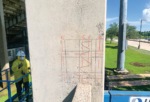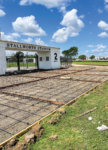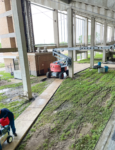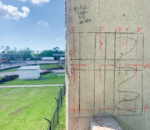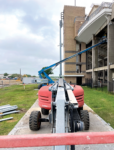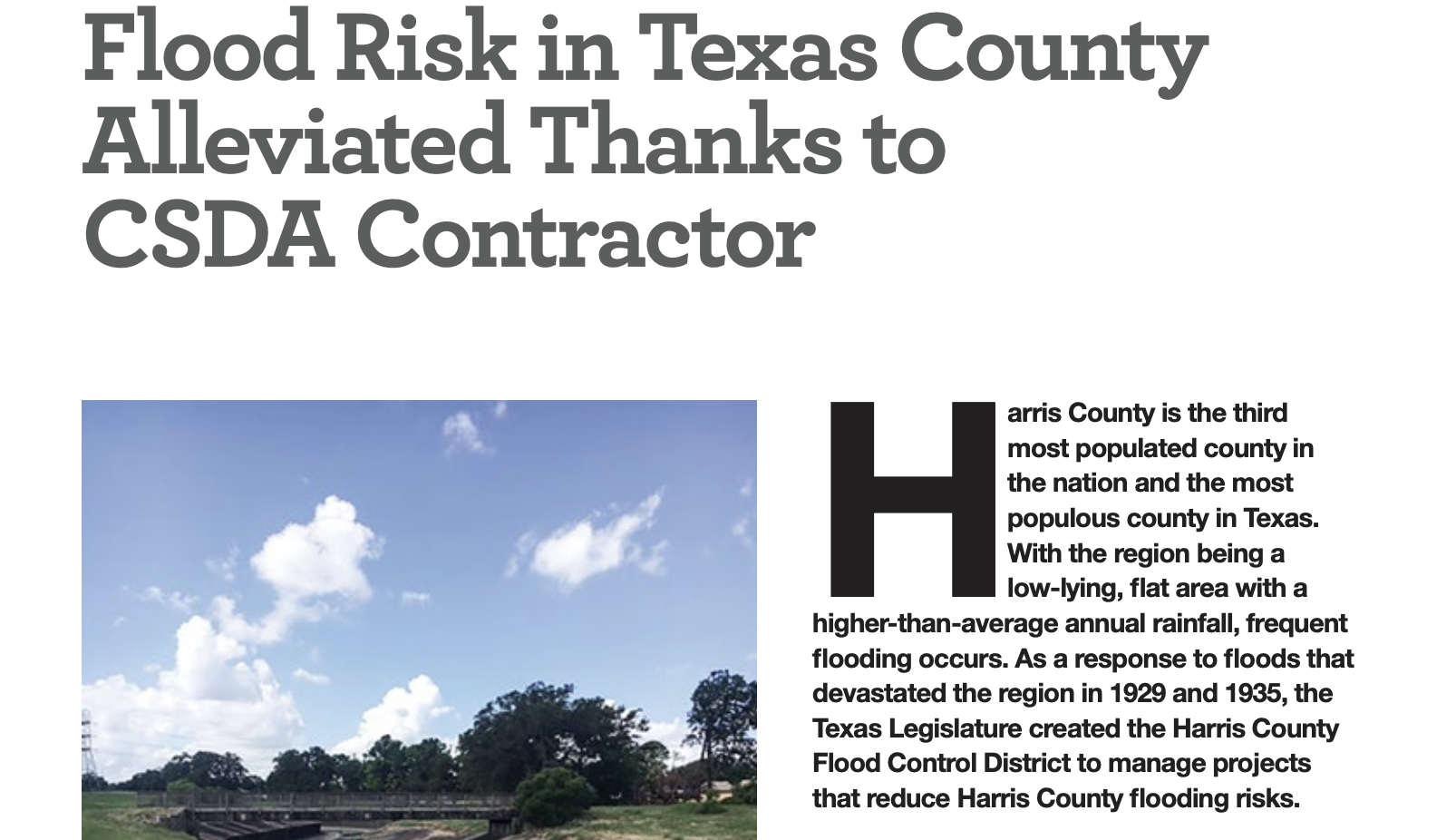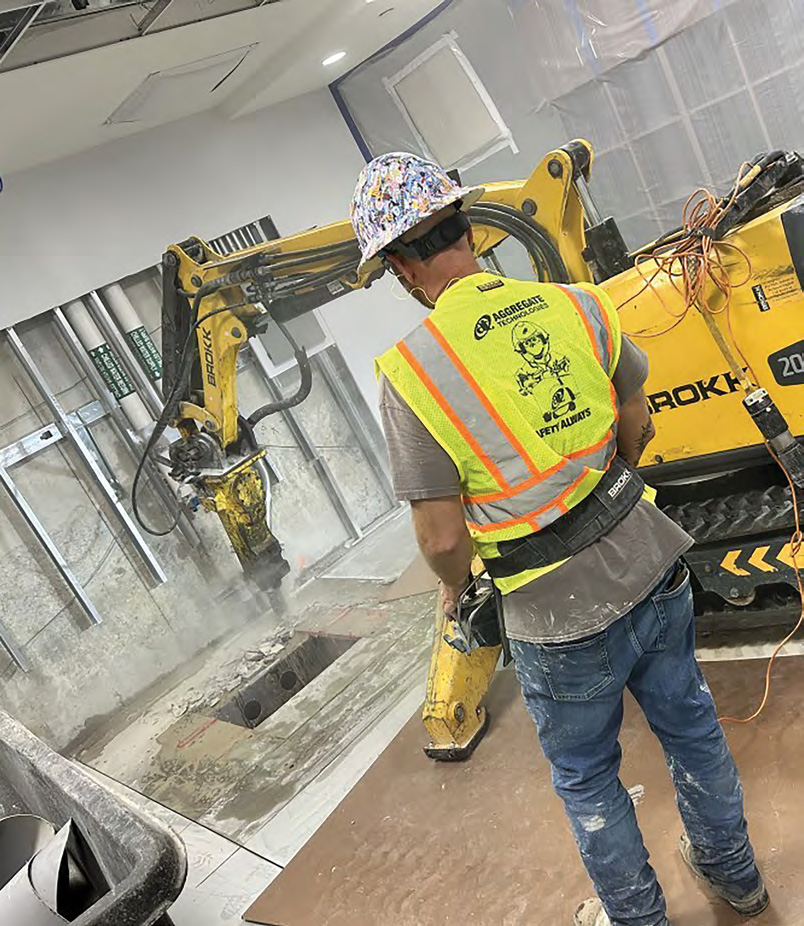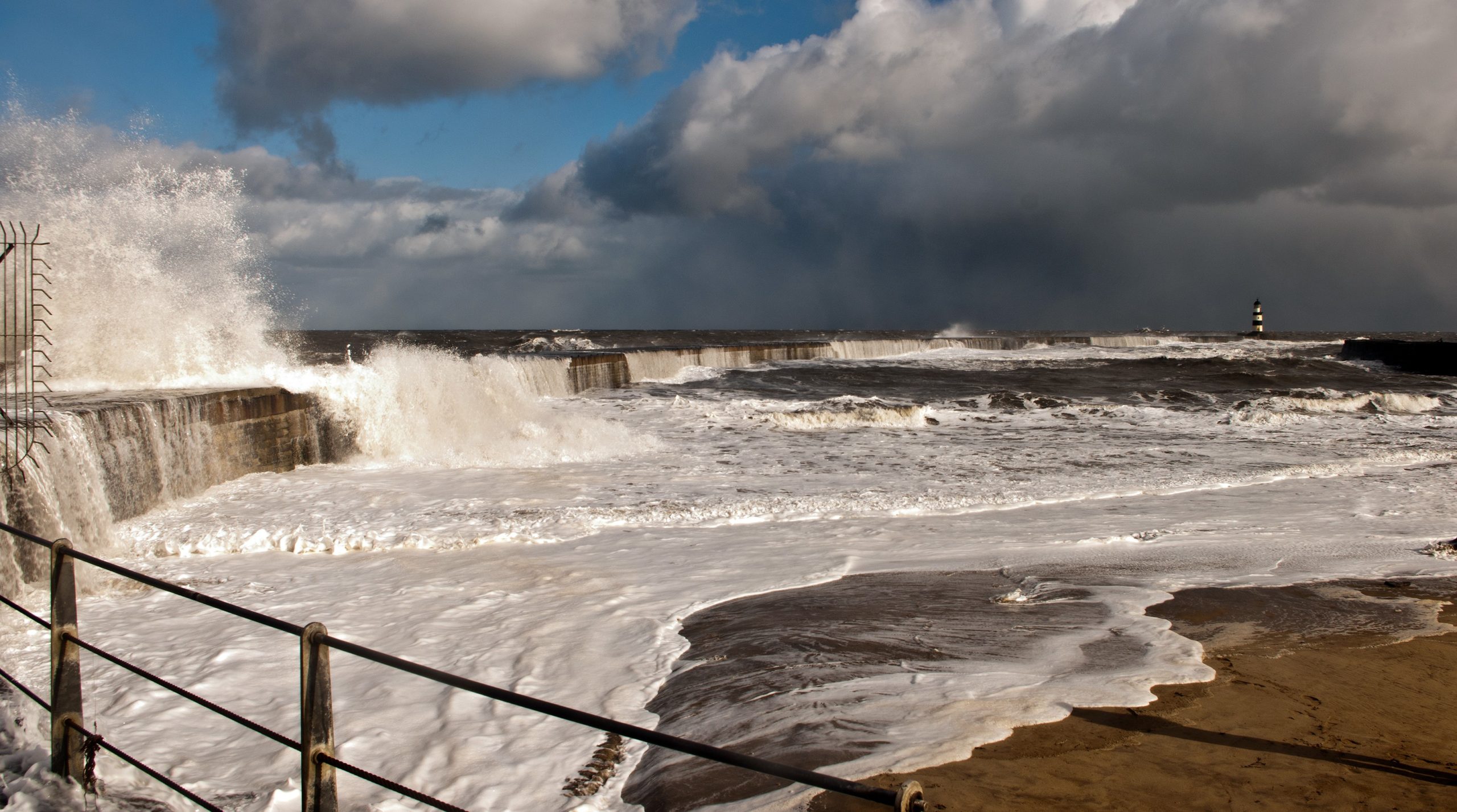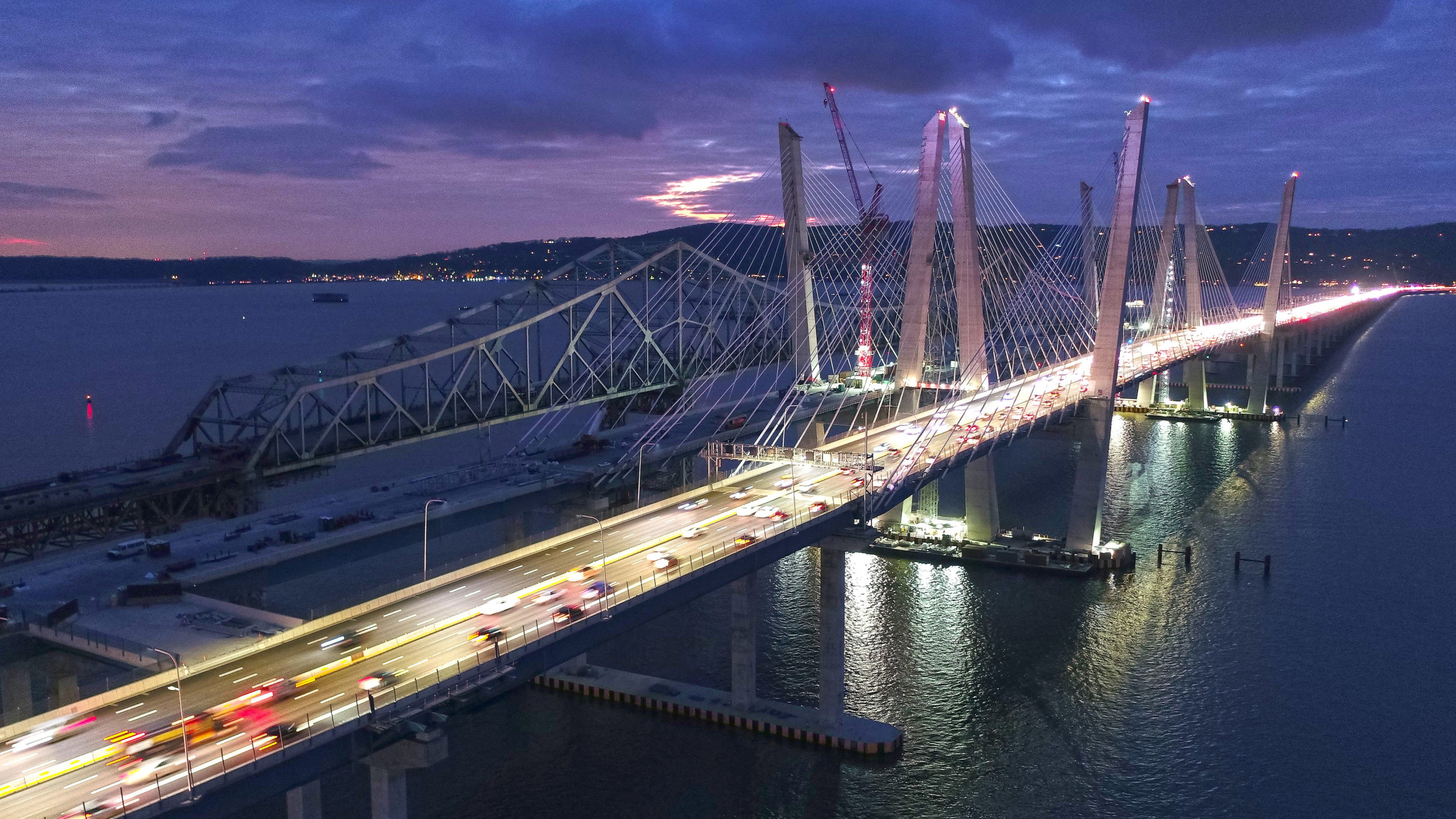
Using GPR Imaging to Preserve a Beloved Community Stadium
Stallworth Stadium, located in the heart of Baytown, Texas, serves as a locally adored venue for football and soccer games in the community for three renowned high schools within the school district and is the fifth largest non-collegiate stadium in the state. Opened in 1969, Stallworth Stadium, which seats about 16,500, celebrated its 50th Anniversary in 2018 and a local planning committee recommended allocating funds to update the iconic venue to bring it up to the same standard as neighboring district stadiums.
After months of planning, funding and approvals, in February 2023, the renovation project began. CSDA member Holes Incorporated was responsible for a vital aspect of the renovation project: scanning of the concrete columns and support beams of the bleachers so that the contractor could determine structural integrity. The General Contractor (GC) needed to install banner support I-beams and reinforce structural columns for the bleachers, but wanted to preserve the existing rebar in the columns. Holes operators were tasked with using Ground Penetrating Radar (GPR) technology to conduct thorough scans and identify the presence of rebar as well as determine rebar spacing within the columns, so that the GC could determine the structural integrity of the columns and pinpoint areas to avoid during the installation of new anchor bolts.
When considering other methods for the project, Holes operators opted for GPR imaging over alternatives like investigative drilling, ensuring reduced downtime, dimensional accuracy and the ability to detect the underlying rebar. The only other option would have been blindly cutting the concrete without GPR scanning, which would have risked operator safety as well as the structural integrity of the columns by damaging the rebar.
The completion of the project by Holes was performed by two CSDA Certified GPR Technicians. They began each day onsite with a job walk to discuss the daily scope of work with the customer, and both operators performed a daily Job Safety Analysis (JSA) by identifying and discussing hazards and means to mitigate those hazards every day, a lift inspection and a fall plan safety checklist were performed and turned into the Holes Safety Department, ensuring a secure work environment for everyone involved in the project.
Operators then gathered the necessary supplies and their scanners and loaded everything into the 100’ boom lift so that once they were in the lift, they were prepared with all the equipment they would need. Holes operators initially encountered accessibility issues with the first, smaller boom lift they attempted to use. Once supplied with the larger lift, accessing the elevated locations was made possible and they could begin scanning the columns at both 30’ and 60’ heights.
The operators began scanning the 34 total columns that were 3’ x 1’ and 4’ x 2’ using a Hilti PS 1000 X-Scan and a GSSI Structure Scan Mini. 2D scans were done in 2’ x 2’ increments, requiring about 2-4 scans per column. Two scans were performed on the 1’ columns while four scans were performed on the 2’ wide columns. The scans were performed midway up the column (30’) and at full height (60’) on both sides of the columns. Operators meticulously scanned each column utilizing the Holes marking ideology.
Holes GPR Technicians are trained to identify metal targets’ spacing and depth, identify tolerance zones and identify each scan by number, technician name and date. While the customer planned on Holes operators completing a minimum of 15 scans per day, they were able to complete 18-20 scans per day, resulting in job completion a day and a half earlier than expected.
Throughout the project, Holes operators encountered a few challenges, including the initial accessibility issues with a smaller lift that could not reach the necessary height of the 60’ scans. Additionally, inclement weather and muddy site conditions posed obstacles, requiring
the implementation of safety protocols and adapting to changing circumstances, which Holes operators are no strangers to.
Safety, as always, remained a top priority for Holes throughout the project. Special safety concerns were identified and managed, including fall hazards, inclement weather, overreaching and caught-in-between risks. These risks were managed by the team with 100% tie-off, stop work authority during inclement weather, avoiding overextension and planning the safest routes within the boom lift’s basket. Specialized personal protective equipment (PPE) such as fall protection was used, ensuring the well-being of the team.
By maintaining an impressive pace and exceeding the expected scan rate, the Holes technicians successfully finished the job in only one week, and the customer’s satisfaction with their pace and quality of work has led to additional work opportunities at the Stallworth Stadium site.
When asked about her thoughts on the project, Holes, Inc. Vice President Kellie Kimball expressed her satisfaction with the outcome and her elation with the opportunity to rectify a previous bad experience for the client. Kimball said, “The client informed our technician at the start of the project that they had previously had a bad experience with another GPR service provider. Fortunately, Holes was presented with the opportunity to change their perspective on GPR service providers. It’s always a good day when the customer is satisfied.”
Holes, Inc. emphasizes their commitment to safety, quality and customer satisfaction as the driving forces behind their selection for such projects, which also leads their determination to deliver exceptional results. The skilled utilization of technology, along with commitment to safety and attention to detail is a testament to CSDA members’ unwavering commitment to excellence. Holes played a vital role in the Stallworth Stadium renovation project and their impressive track record and dedication to quality shows why they continue to be a trusted name in the industry.
COMPANY PROFILE The Holes Companies are service companies specializing in concrete slab sawing, core drilling, wall sawing, wire sawing, anchor bolt installation, concrete breaking, lifting, demolition, GPR scanning, load and haul and concrete pour back. The Holes Companies primarily work for commercial and industrial contractors, state highway departments and municipalities. Holes Incorporated, Holes Golden Triangle, LLC, Holes South Texas, LLC and Holes Technology, LP have built a solid track record through 50 years of experience, reliability and reputation. They have 50 employees and 28 operators and have been CSDA members since 1976. RESOURCES CSDA Contractor Holes Incorporated Contact for Story: Kellie Kimball Email: kellie@holesinc.com Tel: 281-723-5643 Website: www.holesinc.com Methods Used GPR Scanning











